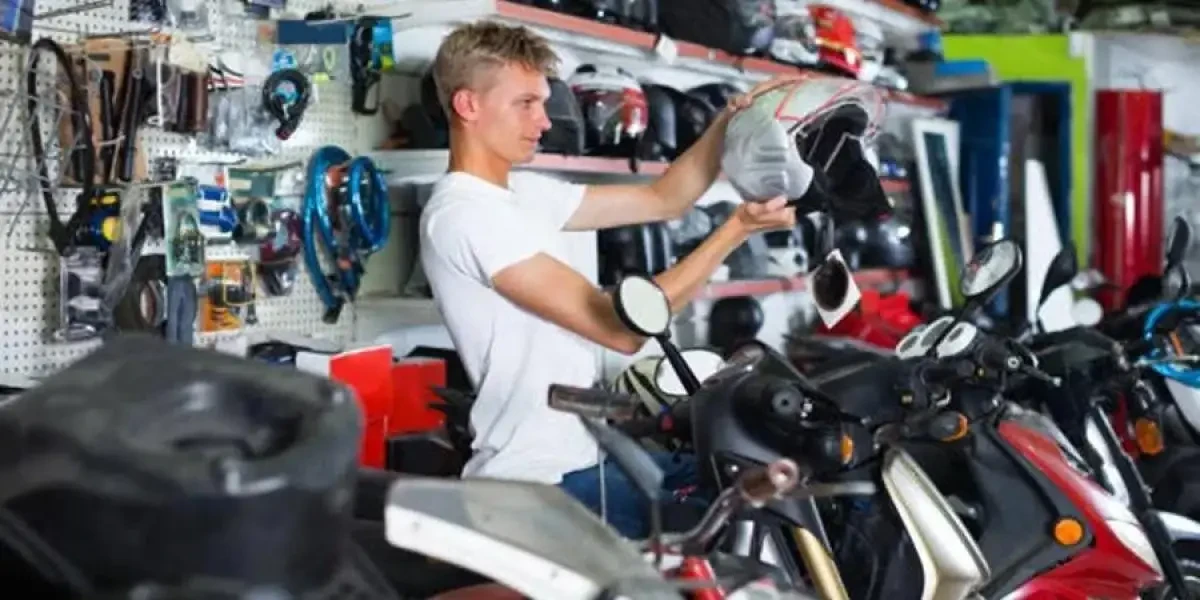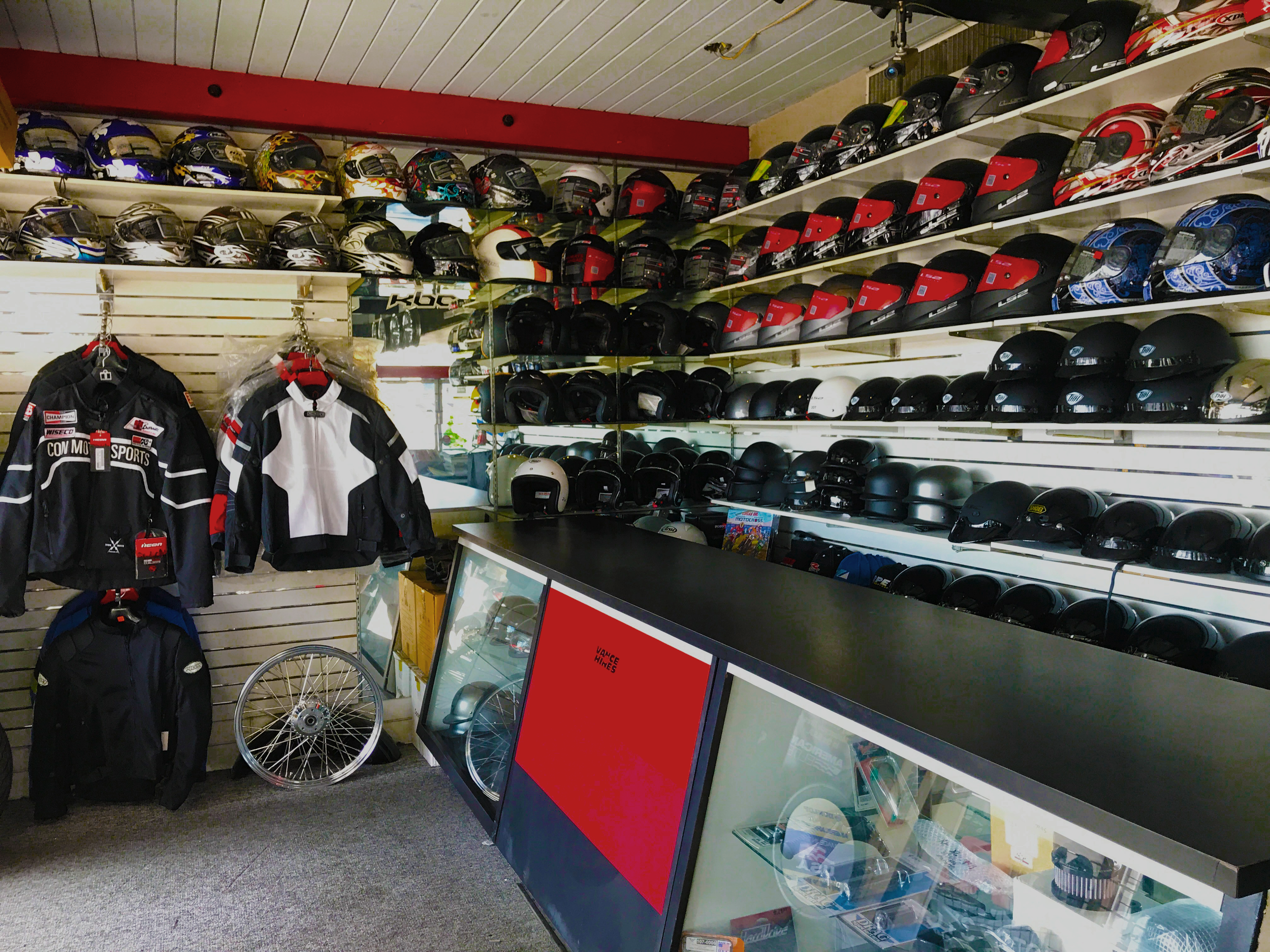Store the most effective MX Parts NZ for Your High-Performance Bike
Store the most effective MX Parts NZ for Your High-Performance Bike
Blog Article
Mastering Bike Gears: Just How to Maximize Your Riding Experience
In the realm of motorcycling, understanding the art of gear adjustment is critical for improving your riding performance. Effectively using and recognizing motorbike equipments can considerably influence velocity, control, and gas efficiency, transforming a typical trip into a smooth, electrifying journey.
Comprehending Equipment Mechanics
At the core of bike dynamics, gear mechanics play a crucial duty in transforming engine power into motion, inevitably determining speed and control. The gear ratios, carefully made, establish the connection between engine revolutions and wheel turns, influencing acceleration and fuel performance.
Comprehending gear mechanics begins with identifying the relevance of the gearbox, which houses multiple equipments of differing dimensions. These equipments communicate via a procedure recognized as meshing, where teeth of different equipments engage to transmit power. The accuracy of this interaction is crucial; any kind of misalignment or damages can cause inefficient power transfer, hindering efficiency. Furthermore, the setup and size of equipments influence the bike's capability to take care of different loads and rates.
Moreover, the idea of equipment shifting is important to making best use of performance. Smooth and prompt shifts make certain that the engine operates within its ideal power band, protecting against unnecessary stress and boosting longevity (motocross gear nz). By comprehending these mechanical ins and outs, riders can attain an unified blend of control, effectiveness, and power, elevating their riding experience
Timing Your Changes
Change timing proficiency is essential for optimizing motorbike performance and improving the riding experience. Appropriately timed changes make certain that the engine runs within its optimum power band, which is vital for preserving control, attaining smooth velocity, and making certain the long life of the bike. Riders must develop an intuitive sense of when to shift gears, which involves comprehending the connection between engine revolutions per minute (RPM) and rate.
To understand change timing, pay close focus to the engine's audio and really feel, as these supply crucial hints regarding when to alter gears. The perfect shift factor commonly takes place when the engine comes close to the upper variety of its power band without reaching the redline. Changing prematurely can result in an absence of power, while moving too late may cause unneeded engine stress
Additionally, roadway conditions and riding design influence shift timing. For example, in metropolitan settings, smoother and a lot more regular shifts might be required to browse web traffic efficiently. On the other hand, during highway riding, less shifts at greater speeds can be better suited. Exercising in different settings will certainly enhance your capability to time shifts precisely, ultimately boosting your riding experience to a specialist degree.
Enhancing Gas Effectiveness
While mastering motorbike equipments is important for efficiency, enhancing fuel performance is equally essential for both financial and environmental reasons. Optimal fuel intake not only reduces functional prices yet additionally minimizes the ecological footprint of riding. To achieve this, one should comprehend the detailed relationship between gear choice and engine efficiency.
Riding in a greater gear at lower rates can lead to engine hauling, which is detrimental to both gas economic situation and engine wellness. Alternatively, riding in reduced gears at high speeds results in unnecessary gas intake.
Furthermore, routine upkeep plays a critical role in fuel effectiveness. Guaranteeing that the motorbike is well-tuned, with clean air filters and effectively blew up tires, can reduce and improve aerodynamics fuel wastefulness. Embracing a riding design that accepts gradual velocity and smooth deceleration can add to much better fuel economic situation.

Strategies for Smooth Transitions
Attaining smooth equipment transitions is basic to improving the riding experience and ensuring the durability of a motorcycle's transmission system. Correct gear moving not only adds to a seamless experience yet also decreases deterioration on the mechanical parts. To grasp the art of smooth changes, bikers have to focus on a couple of key techniques.

Second of all, clutch control plays a pivotal function. Involving and disengaging the clutch smoothly calls for technique. The clutch bar must be released progressively, enabling for a smooth transfer of power from the engine to the wheels without creating a shock or sudden movement.

Adjusting to Roadway Problems
Browsing diverse road conditions is a vital skill for any type of motorcyclist aiming to maintain control and safety and security. Whether you're riding on damp surface areas, crushed rock roads, or navigating sharp turns, your capacity to adjust your equipment usage and riding technique is critical. Understanding just how to readjust your equipments properly can considerably affect traction and stability, making certain a more secure trip.
In comparison, when riding on gravel or irregular terrain, reduced gears are more effective. Reduced gears supply much better control and permit you to respond even more quickly to unanticipated modifications in the roadway surface.
Sharp contours demand specific gear monitoring to balance speed and moto parts nz control. Downshifting before getting in a contour can help maintain energy while making sure the motorcycle continues to be steady throughout the turn. Regular method in diverse problems improves your ability to react and anticipate to adjustments in road structure and incline.
Conclusion
Understanding motorbike gears dramatically improves the riding experience by enhancing control, velocity, and gas efficiency. Adapting gear selection to various roadway conditions, such as utilizing higher gears on damp surface areas and reduced gears on gravel, further enhances handling and safety and security.
Recognizing equipment auto mechanics starts with recognizing the significance of the transmission, which houses numerous gears of varying sizes. These gears connect via a procedure known as meshing, where teeth of different equipments involve to transmit power (motorbike shop). Gentle adjustments to the throttle throughout gear changes can protect against jerky motions and preserve a consistent riding rate
Whether you're riding on wet surfaces, crushed rock roadways, or browsing sharp turns, your ability to adjust your gear usage and riding strategy is vital. Adapting equipment selection to numerous road conditions, such as utilizing higher equipments on wet surface areas and lower gears on crushed rock, additional improves handling and safety and security.
Report this page